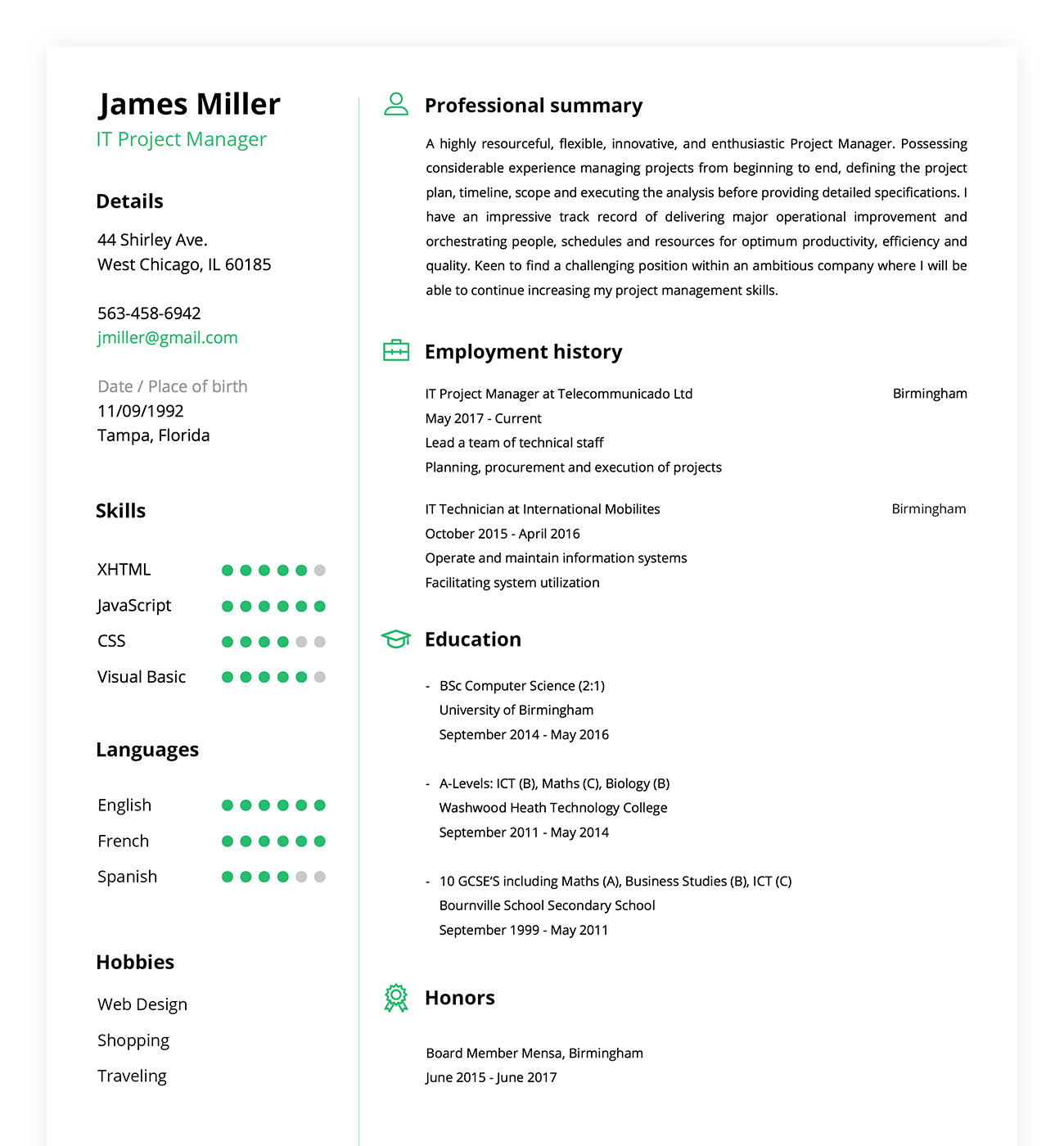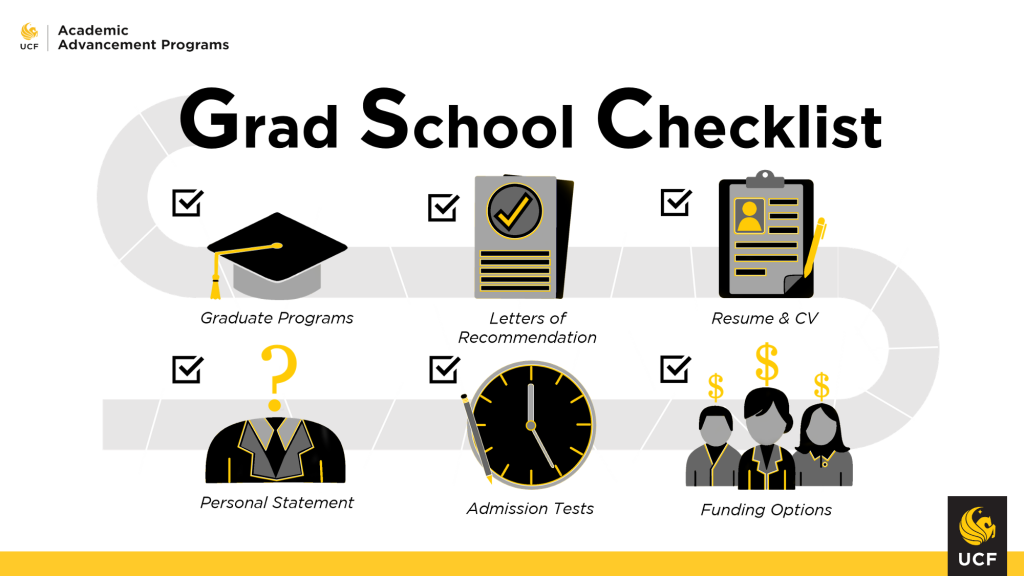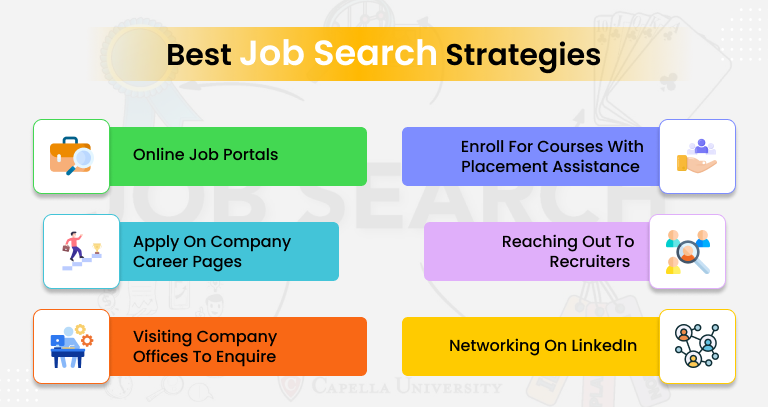Introduction
Your resume is your calling card in the professional world. It’s the document that introduces you to potential employers, showcasing your skills, experience, and qualifications. A well-structured and polished resume can be the key to landing your dream job, making it an essential tool for career planning and development. In this blog post, we’ll explore the nuances of resume building, from crafting a compelling summary to tailoring your resume to specific job applications. Let’s dive in and learn how to create a resume that opens doors and sets you on the path to success.
Section 1: The Anatomy of a Winning Resume
Before we delve into the nitty-gritty of resume building, it’s crucial to understand what constitutes a winning resume. A resume typically consists of the following sections:
Contact Information: Begin with your name, phone number, email address, and LinkedIn profile (if applicable).
Summary or Objective: A brief statement that summarizes your career goals and what you bring to the table.
Professional Experience: The core of your resume, showcasing your work history, job titles, and accomplishments.
Education: Listing your degrees, institutions, and graduation dates.
Skills: Highlight your key skills, both technical and soft, which are relevant to the job you’re seeking.
Certifications and Training: Include any additional qualifications or certifications that enhance your credentials.
Awards and Honors: If you’ve received any accolades or recognition, this is the place to mention them.
Hobbies and Interests: Provide a glimpse into your personality and what you do outside of work.
References: While not always necessary, you can include references or simply state that they’re available upon request.
Section 2: Tailoring Your Resume for Success
One size does not fit all when it comes to resumes. To increase your chances of securing a job, it’s essential to tailor your resume for each application. Here’s how:
Keyword Optimization: Research the job description and include relevant keywords from the posting in your resume. Many employers use applicant tracking systems (ATS) to scan resumes, and keywords can make your resume more visible.
Highlight Relevant Experience: Emphasize the experiences and achievements that directly relate to the position you’re applying for.
Quantify Your Achievements: Use numbers and statistics to quantify your accomplishments. For example, “Increased sales by 20% in the first quarter” is more impactful than “Improved sales.”
Customize Your Summary: Adjust your summary or objective to align with the specific job and company. Showcase how your goals and skills align with theirs.
Section 3: The Power of Presentation
The visual appeal of your resume matters. Here are some tips to make your resume aesthetically pleasing and easy to read:
Choose the Right Format: The most common formats are chronological (listing your work history in order) and functional (highlighting skills and qualifications). Choose the format that best suits your background.
Use a Professional Font: Stick to simple, readable fonts like Arial, Calibri, or Times New Roman. Ensure a consistent font throughout your resume.
Maintain Consistency: Keep a consistent format for headings, bullet points, and other elements. This makes your resume look clean and organized.
Limit the Use of Colors: While a touch of color can make your resume stand out, avoid excessive use of bright or distracting colors.
Section 4: The Dos and Don’ts of Resume Writing
Let’s look at some dos and don’ts to guide you in the resume-building process:
Dos:
Do Use Action Verbs: Begin bullet points with action verbs like “achieved,” “managed,” or “led” to make your accomplishments more impactful.
Do Proofread: Errors on your resume can leave a negative impression. Proofread meticulously or ask someone else to review it for you.
Do Keep It Concise: Aim for a one-page resume if you have less than ten years of experience. Two pages are acceptable for more seasoned professionals.
Don’ts:
Don’t Include Irrelevant Information: Avoid including personal information, like your marital status or hobbies, unless directly relevant to the job.
Don’t Exaggerate: Be honest about your skills and experience. Exaggerating can lead to disappointment if you can’t live up to the claims.
Don’t Use Jargon: Your resume should be understandable to a wide audience. Avoid industry-specific jargon that others may not understand.
Section 5: The Impact of Technology on Resume Building
In our digital age, technology has revolutionized resume building and job applications. Here are some tech-related considerations:
Online Portfolios: Consider creating an online portfolio or personal website to showcase your work, projects, and additional information not included in your resume.
LinkedIn Profiles: Your LinkedIn profile is essentially an online resume. Keep it updated and use it as a complement to your traditional resume.
Resume Builder Tools: Various online tools and software can help you create and format your resume effectively. Explore these options to streamline the process.
Section 6: Navigating Career Changes
Sometimes, career planning involves switching industries or roles. If you’re considering a career change, your resume can play a pivotal role in demonstrating your transferable skills and adaptability.
Transferable Skills: Highlight skills and experiences that are relevant to both your previous career and the new one you’re pursuing.
Professional Development: Mention any courses, certifications, or workshops you’ve completed that are relevant to your new career.
Networking: Leverage your professional network to connect with individuals in your desired industry. They may offer insights or even job opportunities.
Section 7: Resume Mistakes to Avoid
In your quest for a stellar resume, steer clear of common mistakes:
Generic Resumes: Tailor your resume for each application; generic resumes often fail to make an impact.
Overdesigning: While aesthetics are important, don’t go overboard with design elements that overshadow your content.
Neglecting Soft Skills: Soft skills like communication, teamwork, and adaptability are highly valued; don’t forget to include them.
Section 8: Conclusion
A well-crafted resume is an invaluable tool in your career planning journey. It can open doors, secure interviews, and set you on the path to professional success. By understanding the anatomy of a winning resume, tailoring it for each application, and presenting it effectively, you can maximize your chances of landing your dream job. Remember that resume building is an ongoing process; update it regularly to reflect your evolving skills and experiences. Your career deserves nothing less than your best efforts in resume creation and maintenance.





